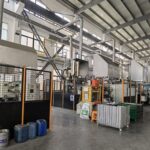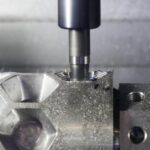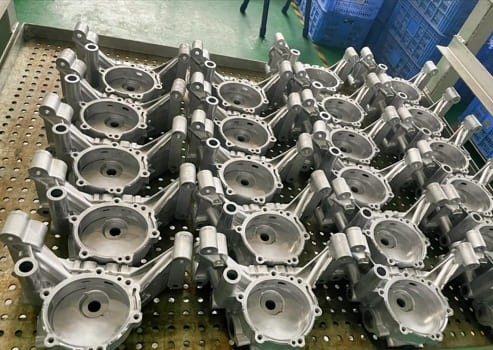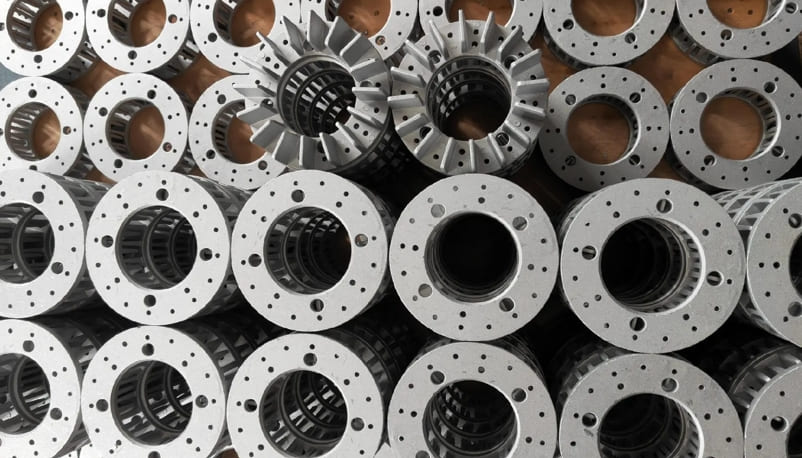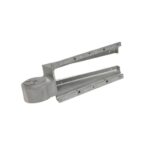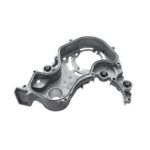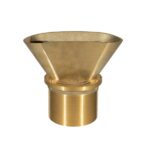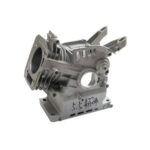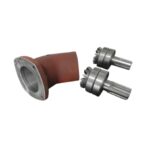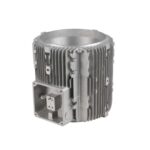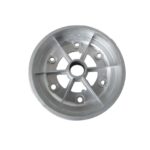
Sink marks in die casting are a common defect that can detract from the aesthetic appeal and structural integrity of cast parts. This comprehensive guide explores the causes of sink marks and outlines effective strategies for their prevention, ensuring the production of high-quality die-cast components.
Understanding Sink Marks
Sink marks are depressions or dimples that appear on the surface of die-cast parts, typically occurring in areas of thicker geometry. These defects are often the result of improper cooling and solidification, leading to uneven shrinkage during the casting process.
Causes of Sink Marks
- Inconsistent Wall Thickness: Variations in wall thickness can lead to uneven cooling and solidification, contributing to the formation of sink marks.
- Inadequate Cooling System: An improperly designed cooling system can fail to dissipate heat uniformly, exacerbating shrinkage issues.
- Insufficient Pressure: Low pressure during the casting process may not allow the material to fill and pack the mold cavity effectively, resulting in sink marks.
Strategies for Prevention
- Design Optimization: Ensuring uniform wall thickness and incorporating features that promote even cooling can significantly reduce the risk of sink marks.
- Cooling System Enhancement: Designing an effective cooling system that provides uniform temperature control throughout the part is crucial for minimizing sink marks.
- Process Parameter Adjustment: Optimizing casting parameters, including pressure, temperature, and cooling time, can help achieve a more uniform solidification process, preventing sink marks.
Conclusion
Sink marks in die casting can be effectively prevented through careful design, proper cooling system implementation, and the optimization of process parameters.
By addressing the root causes of sink marks, manufacturers can enhance the quality and appearance of die-cast parts, ensuring their suitability for a wide range of applications.
Drop me an email with your ideas, and I’ll get back to you swiftly!



